Achieving a regulation setup is crucial for a fair and enjoyable game of darts, and this Oche measurement guide setup makes it easy. By following these simple steps, you’ll be able to accurately position your oche (the throwing line) for consistent and regulation compliant gameplay. This guide will cover everything you need to know, from measuring the distance to understanding different floor types and their impact on your setup.
⚠️ Still Using Pen & Paper (or a Chalkboard)?! ⚠️
Step into the future! The Dart Counter App handles all the scoring, suggests checkouts, and tracks your stats automatically. It's easier than you think!
Try the Smart Dart Counter App FREE!Ready for an upgrade? Click above!
Understanding the Importance of Accurate Oche Measurement
The oche, also known as the throwing line or toe line, is the most important aspect of a proper dartboard setup. Its correct placement ensures fair play and allows you to develop consistent throwing habits. An inaccurate oche measurement can lead to frustration, inconsistent scores, and even disagreements during competitive matches. Taking the time to get your oche setup right is a worthwhile investment for any serious dart player.
Whether you’re setting up a dartboard at home, in a pub, or at a tournament, adhering to the official regulations for oche measurement is essential. It guarantees a level playing field and ensures that your practice sessions accurately reflect the conditions you’ll encounter in competitive play.
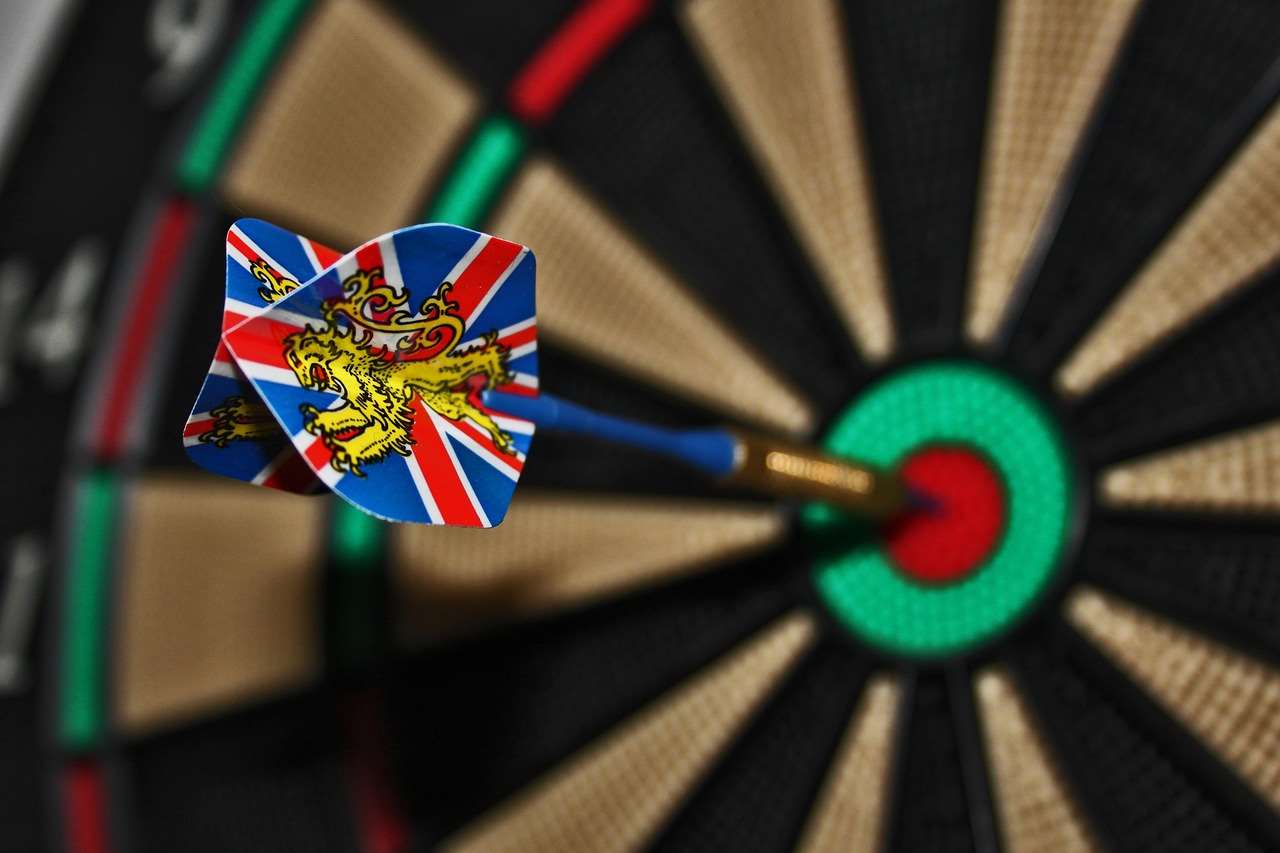
Step-by-Step Oche Measurement Guide Setup
Follow these steps carefully to ensure accurate oche measurement setup:
- Gather your materials: You’ll need a measuring tape (preferably metric for accuracy), a level (to ensure the board is hung correctly), and something to mark the oche line (e.g., painter’s tape, a permanent marker).
- Measure from the bullseye: The official distance from the front of the dartboard (the bullseye) to the front of the oche is 2.37 meters (93.25 inches) or 7 feet 9.25 inches.
- Mark the oche: Once you’ve measured the correct distance, use your chosen marker to create a clear and visible line. Ensure the line is straight and perpendicular to the line of sight from the board.
- Double-check your measurements: It’s always a good idea to double-check your measurements to avoid any errors. A slight discrepancy can significantly affect your game.
- Consider the floor surface: If your floor is uneven or has a thick carpet, you may need to make adjustments to the oche height to maintain the correct distance. We’ll discuss floor considerations in more detail later.
Many players also use a laser oche line. This provides a clearly visible, perfectly straight line without the need for tape or permanent markings. While not required, it’s a helpful tool for ensuring consistent oche measurement setup.
Choosing the Right Measuring Tape
The type of measuring tape you use can impact the accuracy of your oche measurement. A steel measuring tape is generally preferred for its rigidity and accuracy. Avoid using cloth measuring tapes, as they can stretch or sag, leading to inaccurate readings. Ensure your measuring tape is clearly marked in both metric and imperial units for easy conversion and verification.
Dealing with Different Floor Surfaces
The surface of the floor where your dartboard is located can significantly affect your oche setup. Here’s how to address common floor surface challenges:
- Carpet: Thick carpets can compress underfoot, effectively shortening the distance to the dartboard. To compensate, you may need to slightly raise the oche. Experiment to find the most comfortable and accurate position.
- Uneven Floors: If your floor is uneven, use shims or other leveling materials to create a stable and level surface for the oche. A level oche is crucial for consistent throwing.
- Hardwood or Tile: Hard, unyielding surfaces are ideal for dartboard setups, as they don’t compress or shift. In these cases, simply follow the standard oche measurement guide setup.
Regardless of the floor surface, always prioritize comfort and stability. A wobbly or uneven oche can throw off your game and lead to injuries. Consider using a dart mat with a built-in oche line to provide a consistent and comfortable throwing surface, also see Alternative darts rules for home play.
Addressing Common Oche Measurement Mistakes
Even with the best intentions, mistakes can happen during oche measurement setup. Here are some common errors to avoid:
- Measuring from the wall: Always measure from the bullseye of the dartboard, not the wall behind it. The wall may not be perfectly perpendicular to the board, leading to inaccurate measurements.
- Ignoring the toe line: The measurement is to the *front* of the oche, not the middle or back. This is a common mistake that can shorten the distance by several inches.
- Not accounting for carpet compression: As mentioned earlier, carpet compression can significantly affect the oche distance. Make sure to compensate for this by adjusting the oche height accordingly.
- Using an inaccurate measuring tool: A stretched or damaged measuring tape can give false readings. Always use a reliable and accurate measuring tool.
By being aware of these common mistakes, you can ensure a more accurate and consistent oche measurement setup. Don’t be afraid to seek assistance from experienced dart players or consult online resources for further guidance.
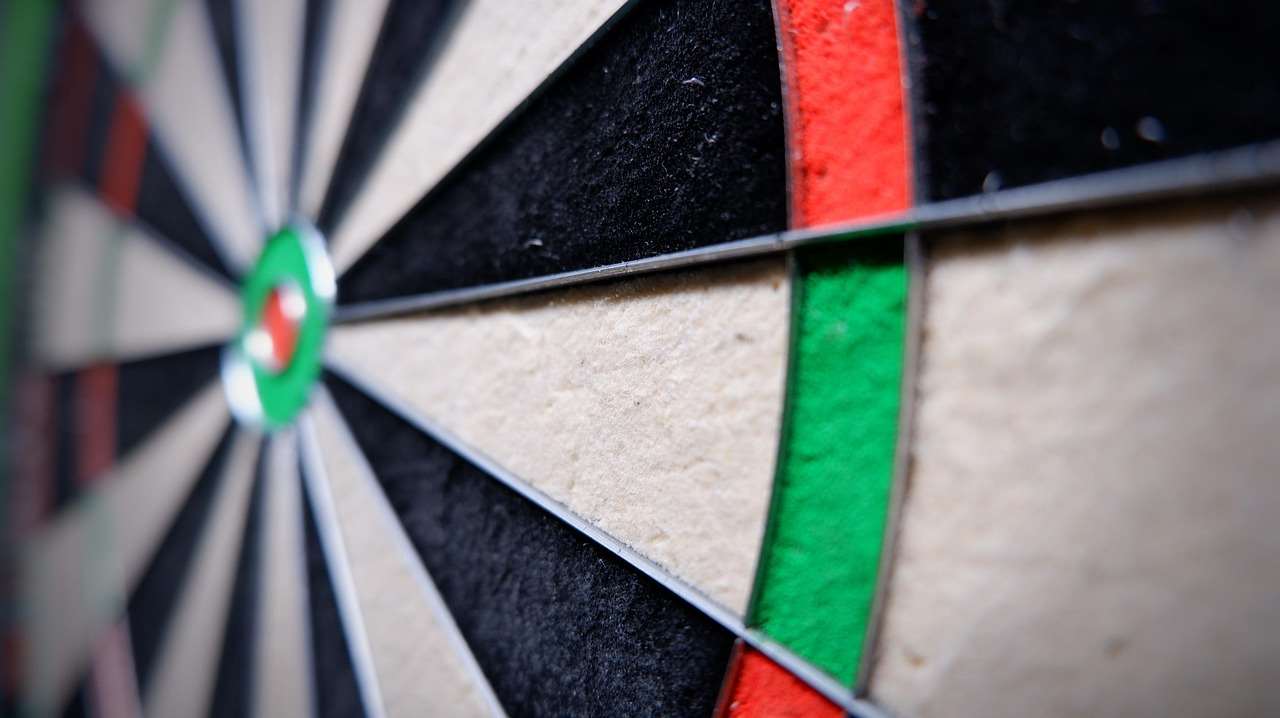
Benefits of a Properly Measured Oche
A properly measured oche provides numerous benefits, including:
- Fair play: Ensures a level playing field for all players.
- Consistency: Allows you to develop consistent throwing habits.
- Reduced strain: Promotes proper posture and reduces the risk of injuries.
- Improved accuracy: Contributes to more accurate throws and higher scores.
- Professionalism: Demonstrates a commitment to the sport and respect for the rules.
Investing the time and effort to get your oche measurement setup right is an investment in your game. It’s a small detail that can have a big impact on your performance and enjoyment of the sport.
Following the Basic Darts Fundamentals for Beginners guidelines is essential for a solid start. Proper oche setup contributes directly to these fundamentals.
Advanced Oche Considerations
Beyond the basic oche measurement guide setup, there are some advanced considerations that can further refine your dartboard setup:
- Oche Height: While the horizontal distance is the primary focus, the height of the oche can also impact your throw. Most players find that a level oche is optimal, but some may prefer a slightly raised or lowered oche depending on their throwing style.
- Oche Material: The material of the oche can affect grip and stability. Common materials include wood, metal, and rubber. Experiment to find a material that provides a comfortable and secure grip.
- Oche Placement Aids: There are various oche placement aids available, such as laser lines, mats with pre-marked lines, and adjustable oches. These tools can help you maintain a consistent and accurate oche setup.
These advanced considerations are optional, but they can help you fine-tune your dartboard setup to maximize your performance and comfort.
Understanding Oche Regulations for Tournaments
If you plan to participate in dart tournaments, it’s crucial to understand the official regulations regarding oche measurement. While the standard distance of 2.37 meters is generally accepted, some tournaments may have specific requirements or variations. Always check the tournament rules beforehand to ensure your oche setup complies with their standards.
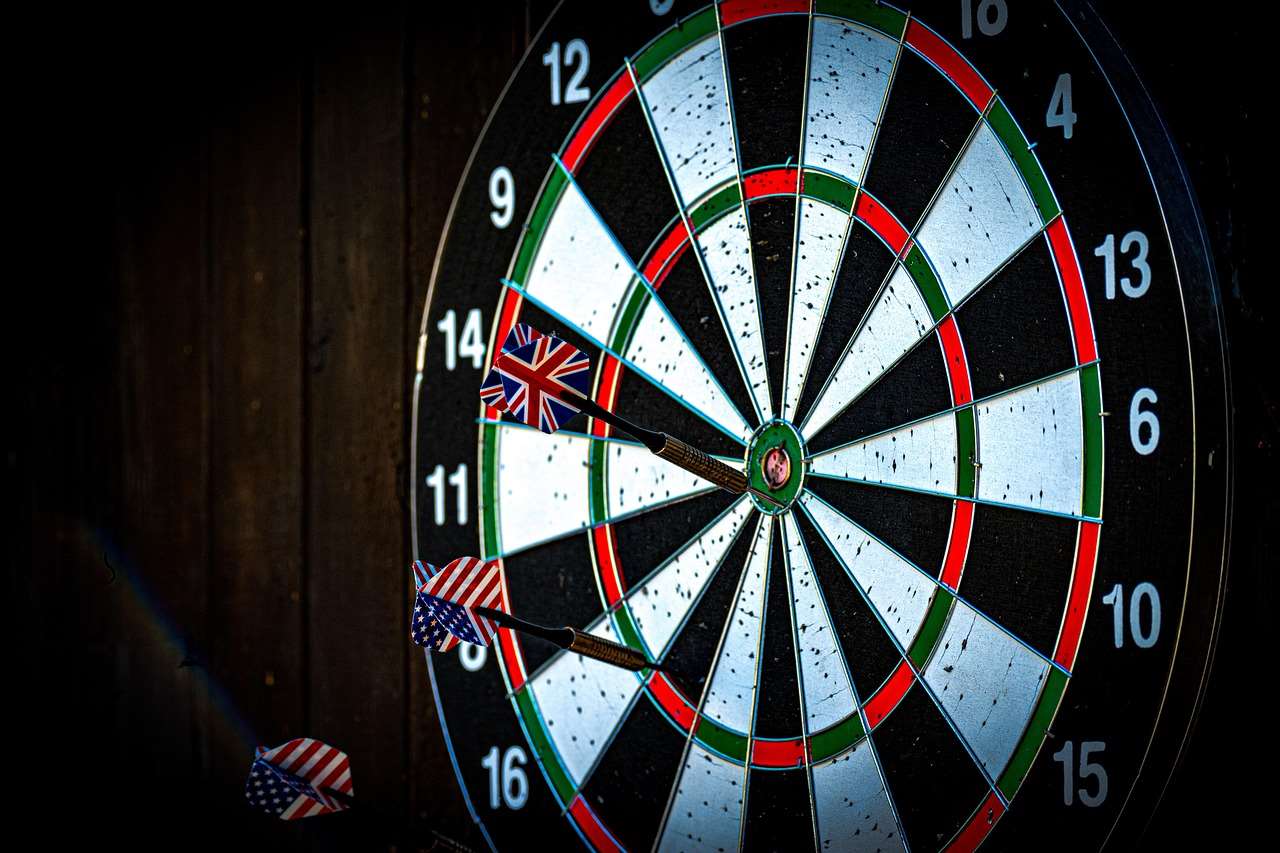
Maintaining Your Oche Setup
Once you’ve established a proper oche measurement setup, it’s essential to maintain it regularly. Over time, the oche line can fade, shift, or become damaged. Here are some tips for maintaining your oche setup:
- Regularly inspect the oche line: Check for fading, cracks, or other damage. If necessary, repaint or replace the oche line.
- Clean the oche area: Keep the area around the oche clean and free of debris to prevent slips and falls.
- Protect the oche from damage: Avoid placing heavy objects on the oche or subjecting it to excessive wear and tear.
By taking care of your oche setup, you can ensure its longevity and maintain a consistent and accurate throwing position.
Using Technology to Assist with Oche Measurement
In today’s digital age, technology can be a valuable asset in achieving and maintaining a precise oche measurement guide setup. There are several apps available for smartphones that utilize the device’s camera and augmented reality (AR) to help you accurately measure distances, including the oche.
These apps often allow you to input the desired distance (2.37 meters or 93.25 inches) and then visually guide you to the correct placement of the oche. Some apps even provide a virtual oche line on the screen, making it even easier to align your throwing position. Remember to always double-check the app’s accuracy with a physical measuring tape for optimal results.
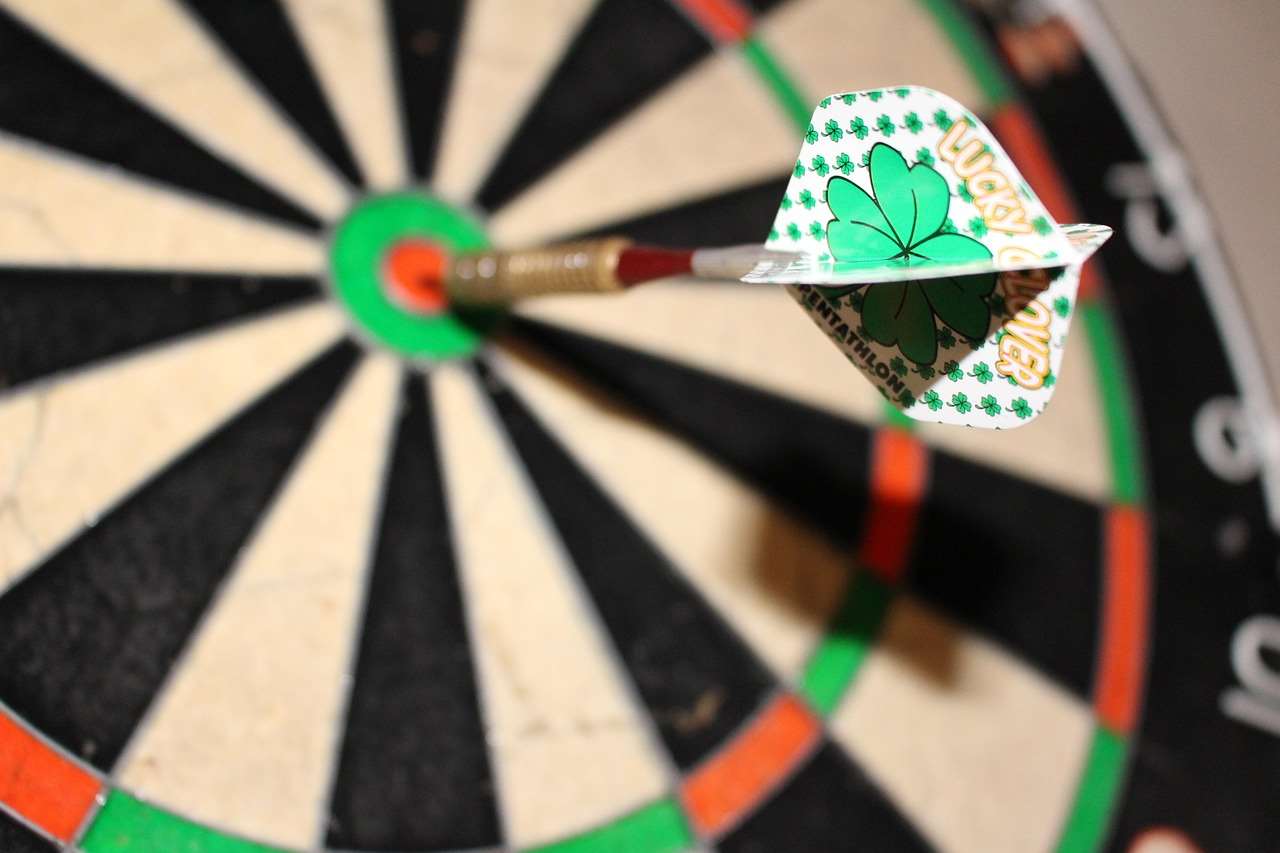
Troubleshooting Common Oche Setup Problems
Even with careful planning and execution, you might encounter some issues during your oche measurement guide setup. Here’s a quick guide to troubleshooting some common problems:
- The oche line keeps shifting: Use a more durable marking material, such as permanent paint or a robust adhesive tape. Consider using an oche mat with a fixed line for added stability.
- The floor is too uneven to create a level oche: Use shims or leveling blocks to create a stable base for the oche. Alternatively, consider relocating your dartboard to a more suitable location.
- The oche feels too close or too far: Double-check your measurements against the official regulations. If the measurements are correct, experiment with slight adjustments to find a position that feels comfortable and natural for your throwing style.
Remember, achieving the perfect oche setup may require some trial and error. Don’t be afraid to experiment and make adjustments until you find a setup that works best for you.
Creating a Dedicated Dart Area
While proper oche measurement is crucial, creating a dedicated dart area enhances the overall playing experience. This dedicated space helps maintain consistency and minimizes distractions during practice or competitive games. Consider these elements when designing your dart area:
- Sufficient space: Ensure enough room for players to throw comfortably without obstructions.
- Good lighting: Adequate lighting is essential for clear visibility of the dartboard and the oche.
- Dartboard surround: A surround protects the wall from stray darts and provides a professional aesthetic.
- Dart mat: A dart mat with a built-in oche line offers a consistent throwing surface and protects the floor.
- Scoreboard: A scoreboard allows for easy tracking of scores during games.
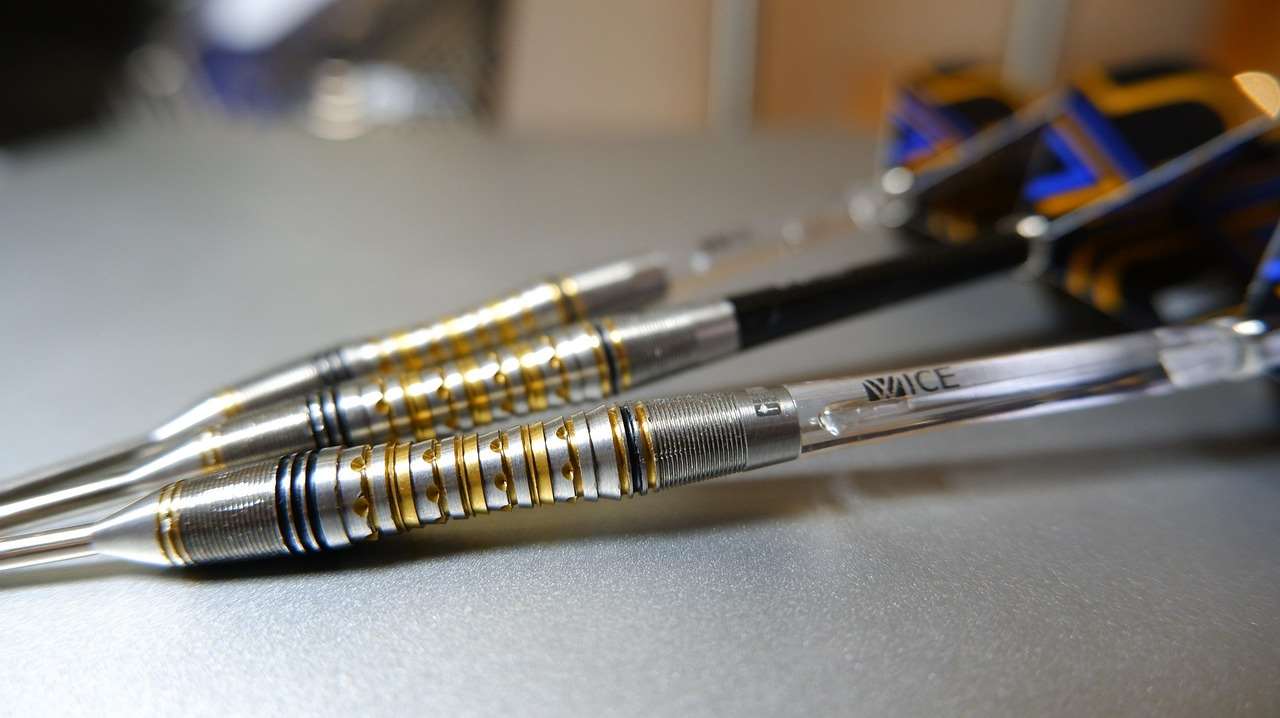
Conclusion: Mastering the Oche Measurement Guide Setup
Proper Oche measurement guide setup is fundamental to enjoying darts. By adhering to the guidelines outlined in this article, you’ll create a fair and consistent playing environment. Remember to prioritize accurate measurements, account for floor surface variations, and regularly maintain your oche setup. A well-measured oche not only enhances your playing experience but also helps you improve your skills and achieve your darting goals. Take the time to implement these practices, and you’ll be well on your way to mastering the game of darts!
Ready to elevate your dart game? Start by perfecting your oche setup today. Good luck, and happy darting!
Hi, I’m Dieter, and I created Dartcounter (Dartcounterapp.com). My motivation wasn’t being a darts expert – quite the opposite! When I first started playing, I loved the game but found keeping accurate scores and tracking stats difficult and distracting.
I figured I couldn’t be the only one struggling with this. So, I decided to build a solution: an easy-to-use application that everyone, no matter their experience level, could use to manage scoring effortlessly.
My goal for Dartcounter was simple: let the app handle the numbers – the scoring, the averages, the stats, even checkout suggestions – so players could focus purely on their throw and enjoying the game. It began as a way to solve my own beginner’s problem, and I’m thrilled it has grown into a helpful tool for the wider darts community.